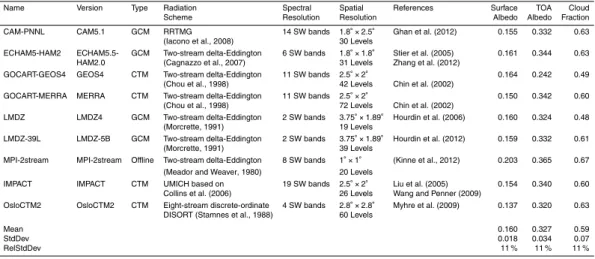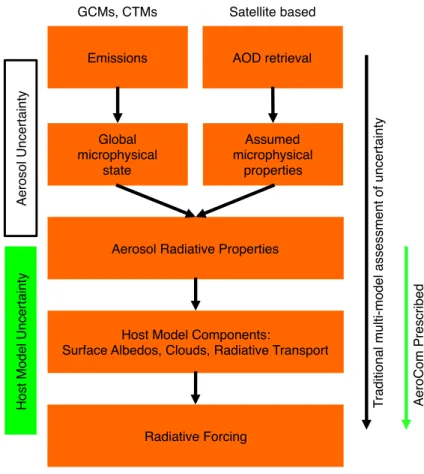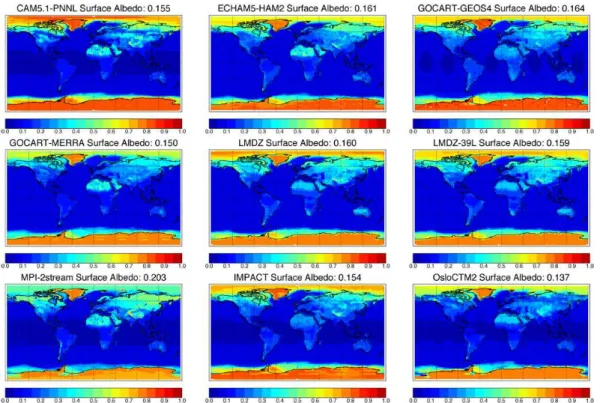Host model uncertainties in aerosol radiative forcing estimates: results from the AeroCom prescribed intercomparison study
Texto
Imagem




Documentos relacionados
Here we investigated the relationship between forcing and climate response for fires using a global Earth system model that included direct and semi-direct aerosol e ff ects.. In
Relationship between aerosol number concentration and cloud droplet number concen- tration (CDNC) with (a) showing that the volcanically induced cloud albedo e ff ect is larger
To calculate radiative forcing and quantify the impact of varying sources of uncertainty, we need data including aerosol amount (e.g. optical depth) in both the present day and
Here we assess the aerosol optical depth ( τ ), direct radiative effect (DRE) by natural and anthropogenic aerosols, and direct climate forcing (DCF) by anthropogenic aerosols,
The model has been used to study the impact of aerosol direct radiative e ff ect on East Asian climate (Zhang et al., 2012a), direct radiative forcing of anthropogenic aerosols (Bond
A.: Validation of AERONET estimates of atmospheric solar surface fluxes and aerosol radiative forcing by ground- based broadband measurements, J. P., Re- dondas, A., and Sasaki,
The direct aerosol radiative forcing (DARF) has been estimated for the clear-sky conditions over Delhi from January 2006 to January 2007 using Santa Barbara DISORT Atmospheric
As discussed above, whether the spectrally integrated SW direct radiative e ff ect by BrC results in cooling or warming is determined by the relative strength of two opposing e ff





